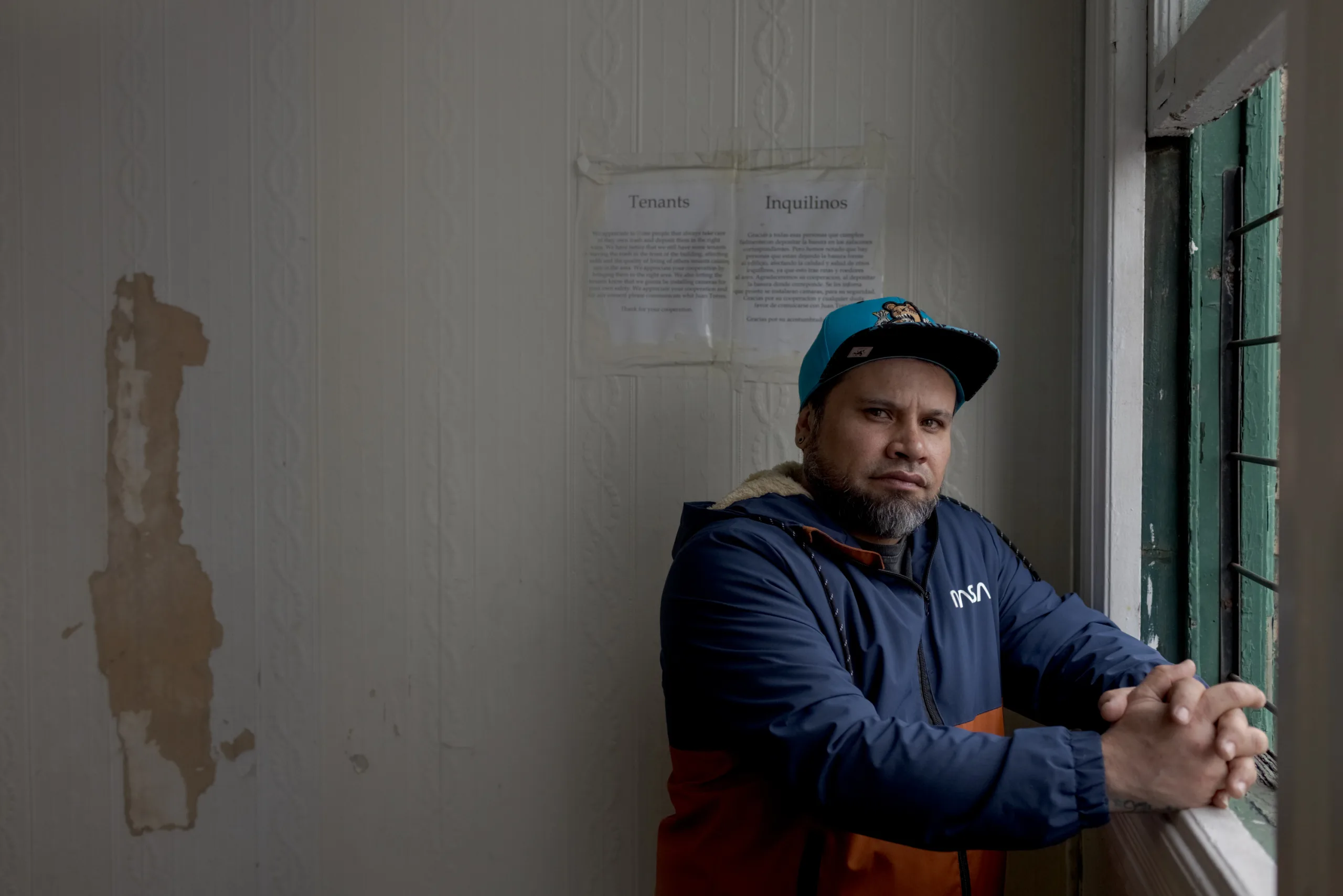Lawful Permanent Residents, also known as green card holders, are immigrants who obtained lawful residency and are allowed to live and work permanently anywhere in the United States. LPRs can join the armed forces and later apply for citizenship, among other benefits. In order to successfully obtain citizenship, an LPR must maintain their status for five years (or for three years for those who obtain their green card through a marriage-based application) and successfully complete English and civic tests. LPRs who are under the age of 18 may become American citizens if a parent naturalizes.
Under the Immigration and Nationality Act (INA), the government prioritizes LPR applications differently. Applicants sponsored by a family member who is a citizen or LPR; applicants sponsored by an employer; investors who can create a specific amount of jobs in the country; applicants coming from countries with a low level of immigration to the U.S.; and those who were granted refugee or asylee status; typically get higher priority.
There are usually two paths to become an LPR: Applying in the country and applying while abroad. The U.S. government issued approximately 1,031,000 LPR statuses in 2019. About 55% of those applicants were already in the country when they were granted LPR status. The countries of birth with the highest percentage of LPRs were Mexico, China, India, the Dominican Republic, the Philippines, and Cuba. Together, these top six countries of birth comprised about 39% of all new LPRs.














